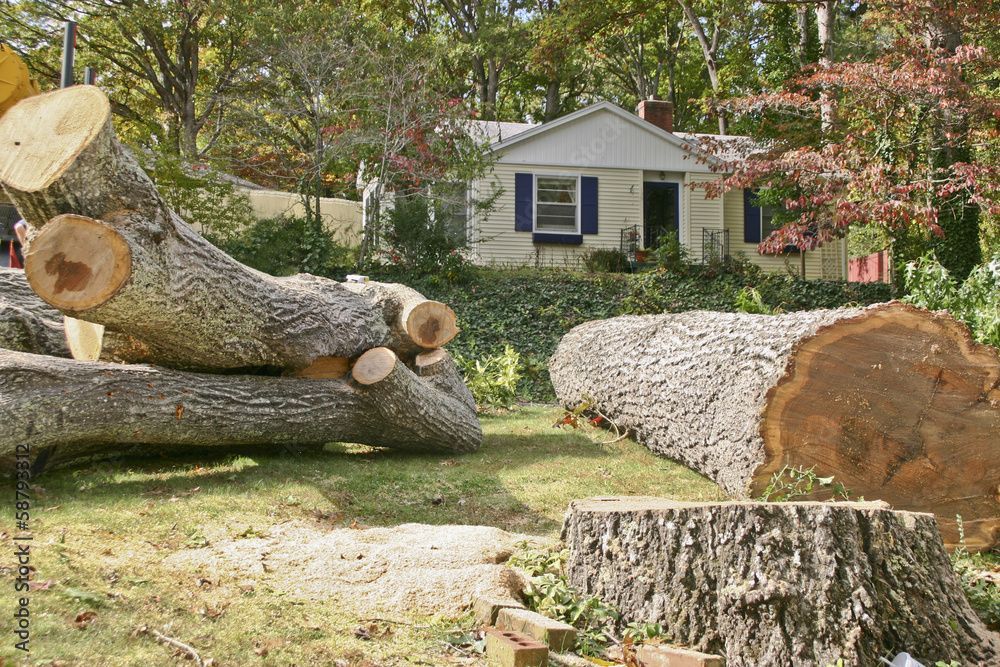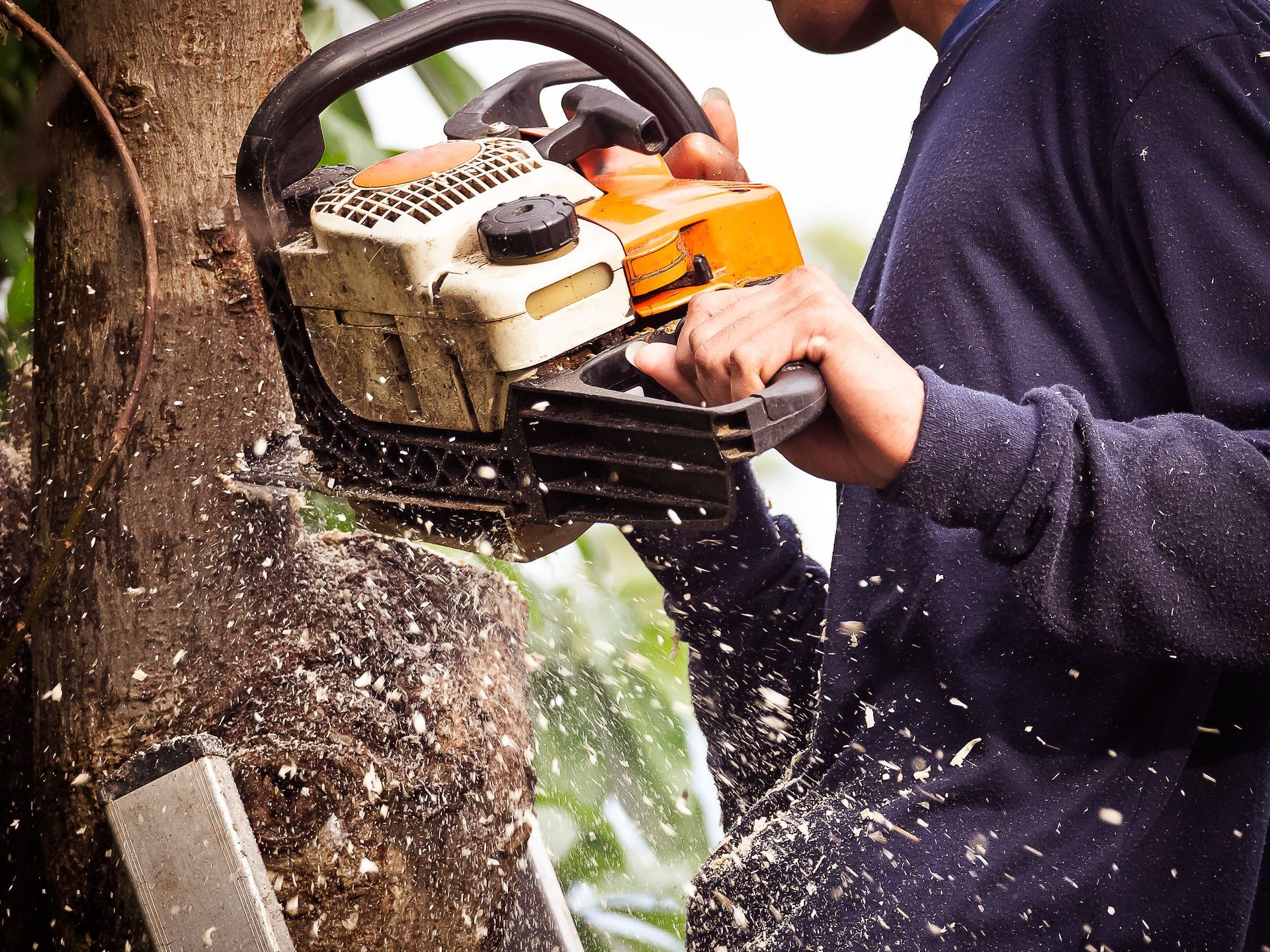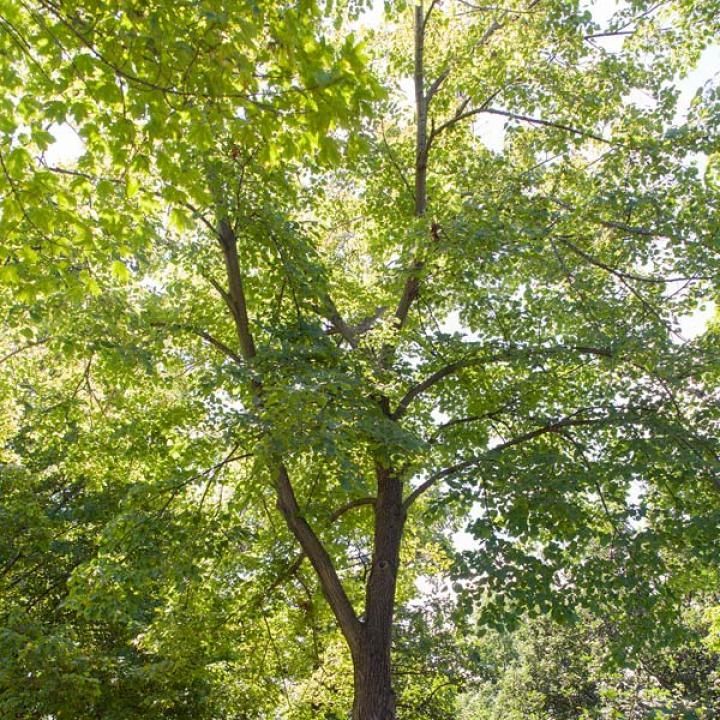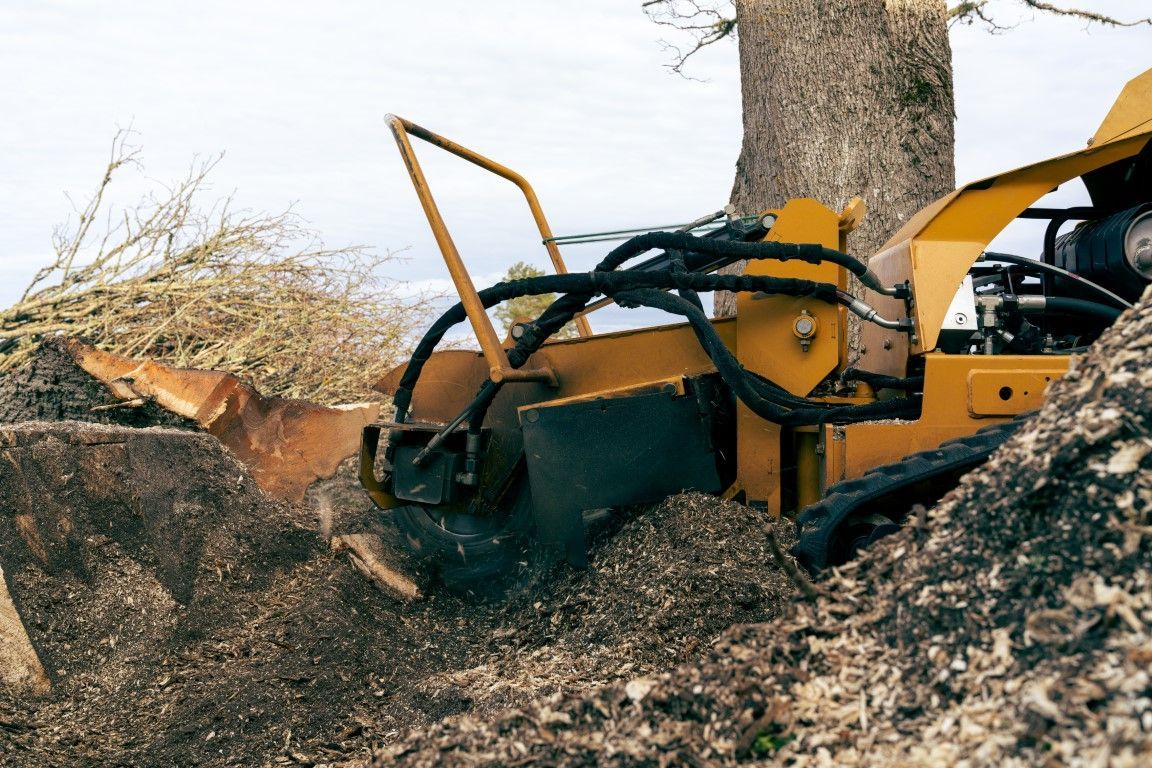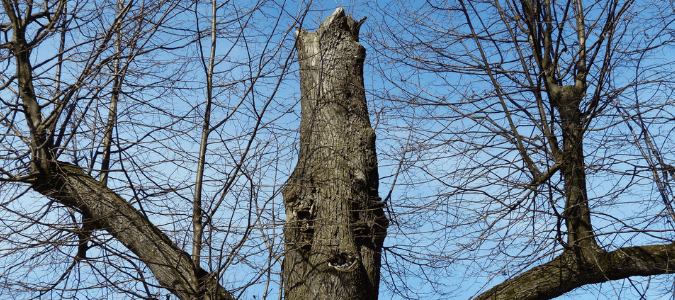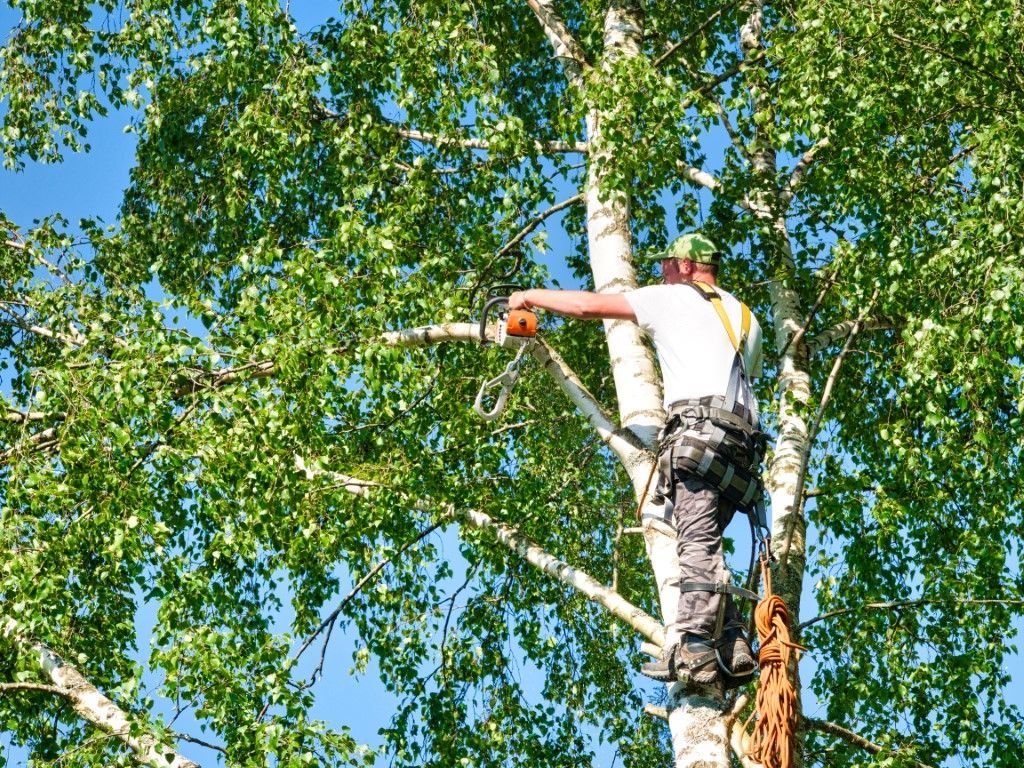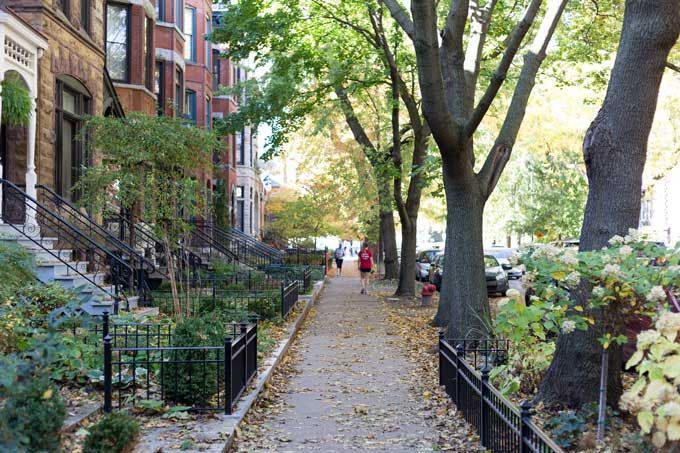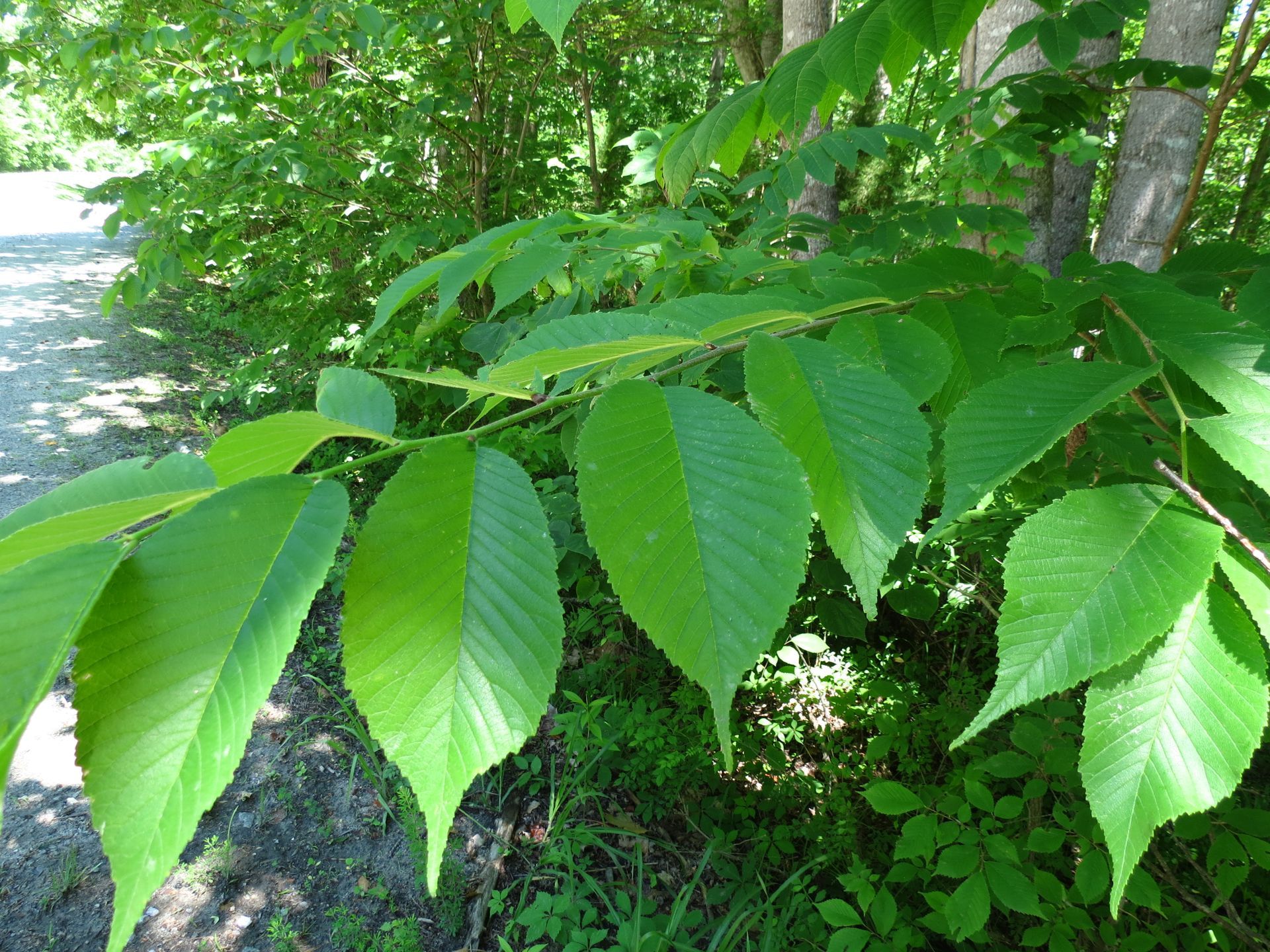Tree Removal: What to Do and What to Avoid
Tree Removal: Dos and Don'ts for a Safe and Successful Process
Approach tree removal with caution and attention. Despite its seeming simplicity, several crucial factors need consideration to ensure a safe and effective process. In this guide, we'll explore the dos and don'ts of tree removal to help you understand what steps to take and what to avoid.
Dos of Tree Removal
- Assess the tree's health and stability before removal. A healthy tree may not need to be removed, so consult with a professional arborist to determine the best course of action.
- Do obtain any necessary permits or permissions before removing a tree. Some areas have regulations regarding tree removal, especially for protected or heritage trees.
- Do hire a professional tree removal service. Tree removal can pose risks, particularly with large trees or those in close proximity to buildings or power lines. A professional tree removal service will possess the necessary expertise and equipment to safely remove the tree.
- Do consider the impact of tree removal on the environment. Trees provide numerous benefits, including shade, oxygen, and habitat for wildlife. If possible, replant trees in the area to help mitigate these impacts.
- Plan the removal process carefully. Consider the direction in which the tree will fall and any obstacles that may be in the way. Clear the area of debris and ensure there is a clear escape route.
- Do use the proper tools and equipment for tree removal. Chainsaws, ropes, and safety gear should be used appropriately and maintained in good condition.
Don'ts of Tree Removal
- Only attempt to remove a tree yourself if you are experienced and have the proper equipment. Tree removal can be hazardous and is best left to professionals.
- Only remove a tree after assessing its potential impact on surrounding structures and landscape. Falling trees can damage buildings, vehicles, and other trees if not adequately planned.
- Don't ignore signs of a potentially hazardous tree. A professional arborist should inspect dead or diseased trees, leaning trees, and trees with large branches overhanging structures.
- Remember to consider the time of year for tree removal. Some tree species are best removed during specific seasons to minimize impact on wildlife and to ensure successful replanting.
- Remember stump removal. A tree stump left in the ground can lead to regrowth or attract pests. Consider grinding the stump to below ground level or removing it entirely.
- Take safety precautions during tree removal. Always use the proper safety gear, including helmets, gloves, and eye protection, and ensure all equipment is used correctly.
Tree removal requires careful planning and execution. By following these dos and don'ts, you can ensure the process is safe, environmentally responsible, and successful. If you have any doubts or concerns about removing a tree, consult a professional arborist.
